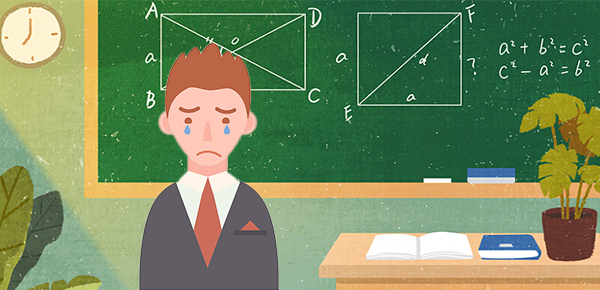python打印不换行?
在Python编程中,我们经常需要打印一行文本。但有时我们想要避免Python自动在新行处开始打印。在本文中,我们将从多个角度探讨如何在Python中打印不换行。

一、print函数中的end参数
Python中的print函数允许指定在行末添加的字符串,可通过end参数设置。该参数的默认值为\n,表示在每个print语句结束时自动换行。下面是一些例子:
print('Hello World! ', end='')
print('I am a Python program')
# Output: Hello World! I am a Python program
二、使用sys.stdout.write
该方法将文本写入标准输出,但不会自动添加新行。以下是sys.stdout.write的示例:
import sys
sys.stdout.write('Hello World! ')
sys.stdout.write('I am a Python program')
# Output: Hello World! I am a Python program
三、使用end=''的print语句和转义序列
以下是通过end=''的print语句和转义序列实现的示例:
print('Hello World!', end='')
print(' I am a Python program', end='\n')
# Output: Hello World! I am a Python program
四、使用字符串拼接
将两个文本字符串结合起来并通过一个print语句打印。由于Print将自动添加空格,因此需要使用加号。以下是使用字符串拼接的示例:
print('Hello World!',end='')
print(' I am a Python program.' + ' Nice to meet you!')
# Output: Hello World! I am a Python program. Nice to meet you!
五、使用end=’ ‘
这种方法是在print函数中使用end=' ',其中结束参数是单个空格。这将创建一个空格分隔的输出。以下是使用end=''的print语句示例:
print('Hello World!', end=' ')
print('I am a Python program.'
# Output: Hello World! I am a Python program.
在本文中,我们探讨了Python中打印不换行的多种方法。具体方法因代码环境而异,可依据所需选择使用方法。在实际编程中,根据具体需要选择最适合的方法。